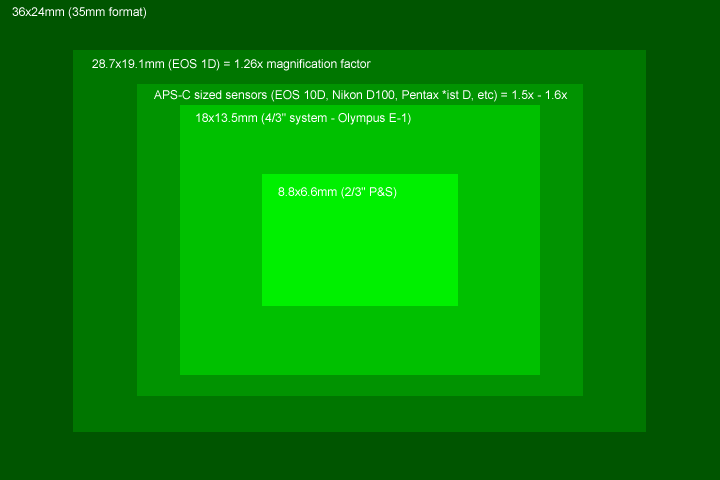Foxfish
Contributor
After much thought I finally placed the order for the camera housing with Recsea. The camera will come this week. I have a SS YS-01 strobe and Sola 1200 photo light.
Up to now I've used an Olympus Tough TG-810. In general I liked the camera and was able to get some nice photos while recently in Tulamben, Bali. It was quick to use and set up for a shot. I could quickly change between macro, wide angle and video on the same dive. It was water proof which saved the life of the camera on several occasions when it got flooded. The supermacro mode was great for close ups but getting the lighting right with tricky with no zoom or internal flash when in that mode. The LED lighting in super macro mode was a dud underwater as was the GPS marking system both under and on the water. The lack of manual control over things such as the aperture setting, shutter speed and white balance was limiting, especially now that I have a strobe.
I thought about getting into the mirrorless lens and low end dSLR range, but liked the simplicity and convenience of the system I've used up until now. The G12 was appealing and it was a toss up between this and the S100 in the end. I liked the look of the Olympus XZ-1 also but it got the bullet when I found out the YS-01 DS-TTL wouldn't work with the camera. Seems to me that Olympus shot themselves in the foot with that one. The S100 image quality is better than the G12, at least on paper. I had compared some of my TG-810 photos with the G12 and frankly could not see a lot of difference in image quality though on paper the G12 was better so not sure how much difference this actually makes in these cameras.
The big concern with the Canon S100 will be the battery life or lack of it. It is slightly lower than the TG-810 on paper and I could normally only get just over one dive with the TG0-810. Basically you have to carry spares and change the battery after each dive. The added hassle with the TG-810 is that you have to charge the battery up while it was in the camera.
I based my thread title on one that was listed in the Olympus section. Funnily enough there is a thread about a user changing from a Canon S100 to an Olympus EPL-3. Did I miss something? Gulp.
Up to now I've used an Olympus Tough TG-810. In general I liked the camera and was able to get some nice photos while recently in Tulamben, Bali. It was quick to use and set up for a shot. I could quickly change between macro, wide angle and video on the same dive. It was water proof which saved the life of the camera on several occasions when it got flooded. The supermacro mode was great for close ups but getting the lighting right with tricky with no zoom or internal flash when in that mode. The LED lighting in super macro mode was a dud underwater as was the GPS marking system both under and on the water. The lack of manual control over things such as the aperture setting, shutter speed and white balance was limiting, especially now that I have a strobe.
I thought about getting into the mirrorless lens and low end dSLR range, but liked the simplicity and convenience of the system I've used up until now. The G12 was appealing and it was a toss up between this and the S100 in the end. I liked the look of the Olympus XZ-1 also but it got the bullet when I found out the YS-01 DS-TTL wouldn't work with the camera. Seems to me that Olympus shot themselves in the foot with that one. The S100 image quality is better than the G12, at least on paper. I had compared some of my TG-810 photos with the G12 and frankly could not see a lot of difference in image quality though on paper the G12 was better so not sure how much difference this actually makes in these cameras.
The big concern with the Canon S100 will be the battery life or lack of it. It is slightly lower than the TG-810 on paper and I could normally only get just over one dive with the TG0-810. Basically you have to carry spares and change the battery after each dive. The added hassle with the TG-810 is that you have to charge the battery up while it was in the camera.
I based my thread title on one that was listed in the Olympus section. Funnily enough there is a thread about a user changing from a Canon S100 to an Olympus EPL-3. Did I miss something? Gulp.





